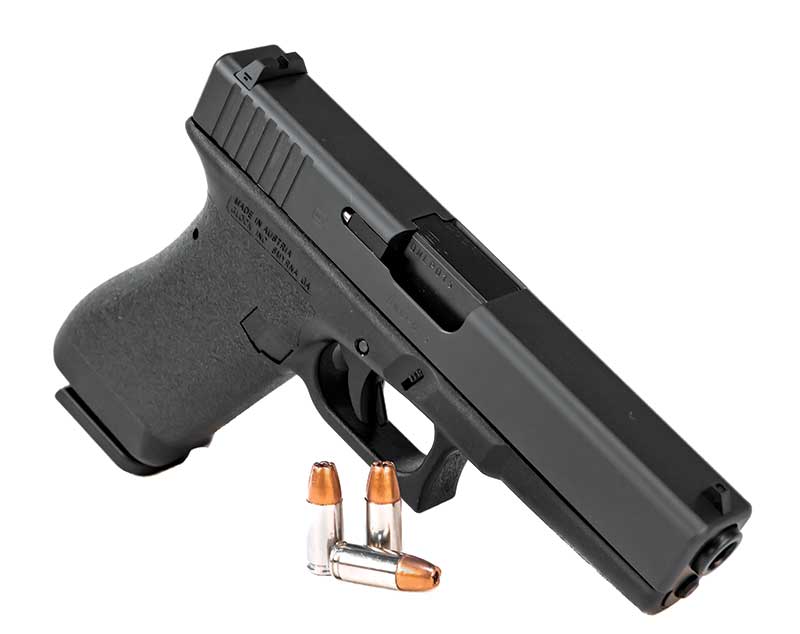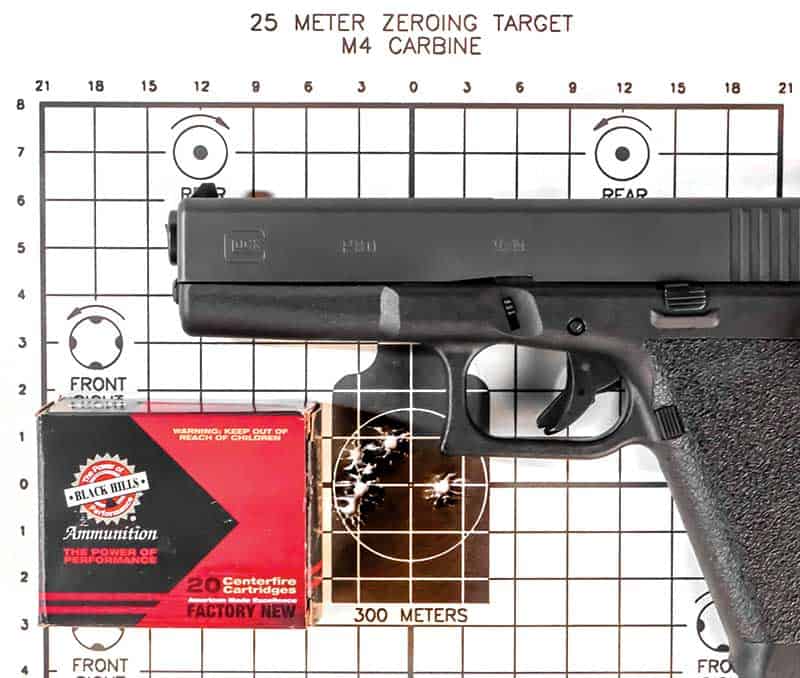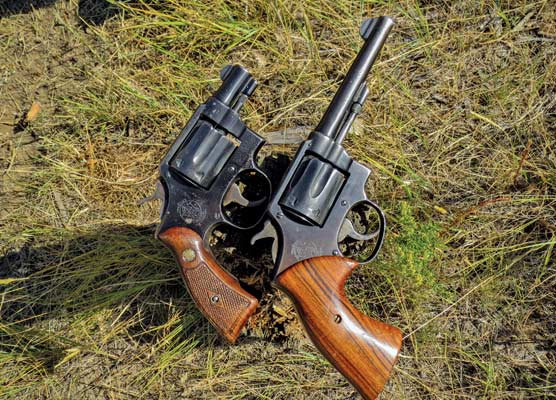Philosophy Of Greatness
Wouldn’t it be awesome to be the guy who invented something that truly changed the world? I’m not talking about silly stuff like the Pet Rock (Gary Dahl, 1975), Instagram (Kevin Systrom and Mike Krieger, 2010), or Paris Hilton (Rick and Kathy Hilton, 1981). I mean something that legitimately made a difference.
Thomas Crapper was a master plumber who worked in mid-19th century England. At the time of his death he held nine patents, mostly for toilet components. He developed the U-bend plumbing trap as well as the floating ballcock. Wouldn’t “The Floating Ballcocks” be an awesome name for an intramural sports team? There is an apocryphal tale that his name was the original source of the universal epithet “crap.” Regardless, the guy revolutionized the way the world poops. He died in 1910, appropriately enough, of colon cancer.
In 1958, a Taiwanese-Japanese man named Momofuku Ando invented Ramen Noodles. A poll taken in 2000 reported a preponderance of Japanese citizens believed Ramen Noodles to be the preeminent invention of the 20th century. The number of college students rescued from starvation by Momofuku’s delectable contrivance boggles the mind.
All this pales, however, when compared to the genius of Gaston Glock. The gun that bears his name changed the way the world made weapons. The details of how Gaston dreamt up his eponymous wonder are indeed fascinating.












